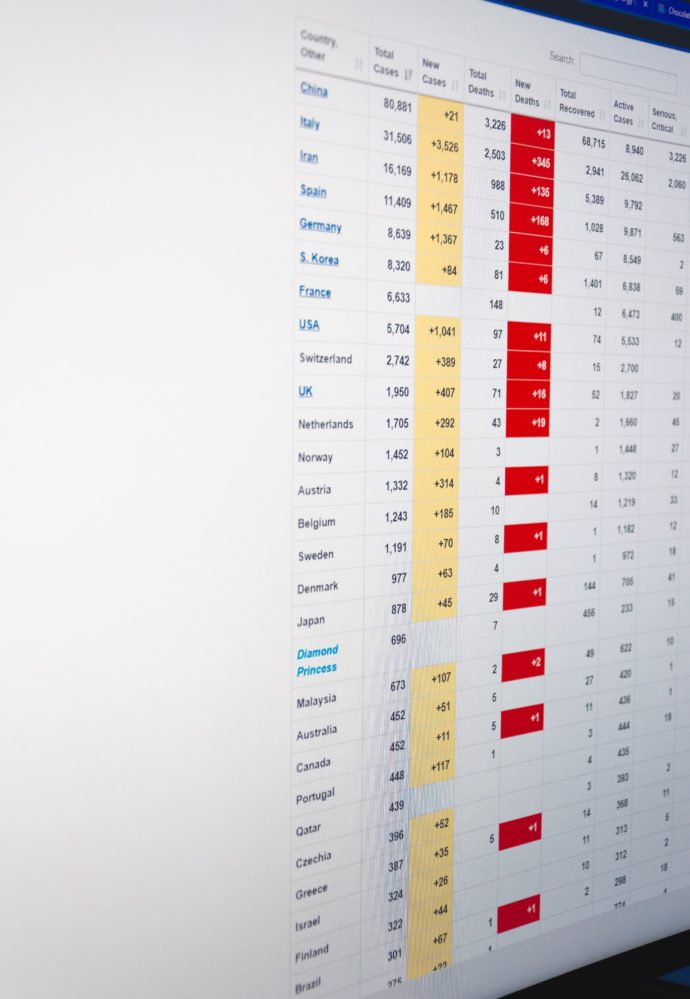Based on the CDC’s Cases in the U.S. website, here is the FEHBlog’s chart of new weekly COVID-19 cases and deaths over the 20th through 32nd weeks of this year (beginning May 14 and ending August 12; using Thursday as the first day of the week in order to facilitate this weekly update):

and here is the CDC’s latest overall weekly hospitalization rate chart for COVID-19:

Beckers Hospital Review reports that
The U.S. government is working with commercial health insurers to make future COVID-19 vaccines free of charge with no copay, an HHS official told The Wall Street Journal.
Paul Mango, deputy chief of staff for policy at HHS, said government health insurance programs such as Medicare and Medicaid will cover the cost of administering COVID-19 vaccines, and a federal fund created by the CARES Act will provide the shots free for uninsured people.
A collaboration between the federal government and the healthcare industry will handle the distribution of the vaccines, and the government will announce distributor contracts soon, Mr. Mango told the Journal.
Indeed, the Wall Street Journal reports this afternoon that
McKesson Corp., MCK 4.26% one of the world’s largest drug wholesalers and the biggest vaccine middleman in the U.S., will be a main distributor of Covid-19 vaccines nationwide should the shots prove to work safely, federal health officials said. The U.S. Centers for Disease Control and Prevention is exercising an option in an existing 2016 contract with McKesson for the distribution of a vaccine in the event of a pandemic, the U.S. Health and Human Services Department said Friday.
A friend of the FEHBlog shared this link to an interesting Harvard Business Review article from July 24 discussing the following three scenarios in which the COVID-19 emergency may play out.
1.A dream case in which everything goes as well as could reasonably be expected.
2.A catastrophic case in which everything goes badly.
3.A middle case in which some things go well, but others don’t.
It strikes that FEHBlog that we have been in the midst of scenario three since March. The FEHBlog does not think it can get worse, while he thinks that it may get better.
The FEHBlog was pleased to run across these DOL Office of Federal Contractor Compliance Program’s FAQs on its recent final rule exempting TRICARE but not FEHBP providers from its affirmative action rules.
If my company participates in the Federal Employees Health Benefits Program (FEHBP), are we covered under the amended regulations?
OFCCP did not adopt any regulatory changes related to FEHBP providers. OFCCP plans to issue sub-regulatory guidance to address concerns regarding FEHBP providers.
That’s a clearer update than what the FEHBlog noticed in the preamble to the final rule. The TRICARE exemption likely will not be useful to providers unless the FEHBP also is exempted, in the FEHBlog’s opinion.
The Congressional Research Service has updated its helpful report on Health Savings Accounts (HSAs). CRS reports that for tax year 2017 the IRS processed 11 million tax returns showing employer or employee contributions to HSAs.

